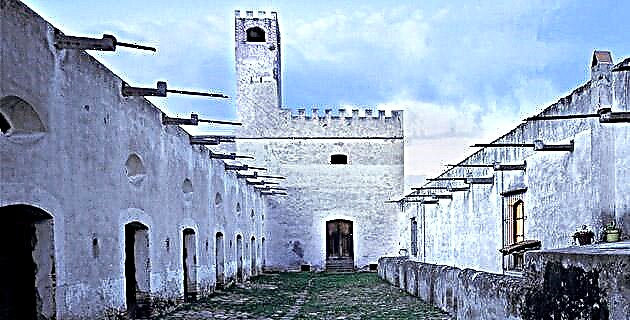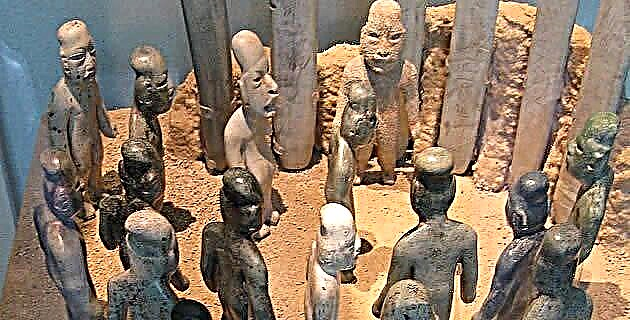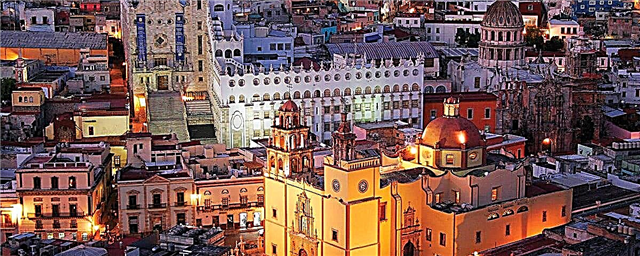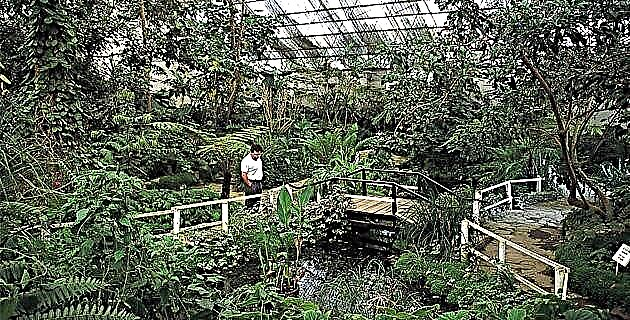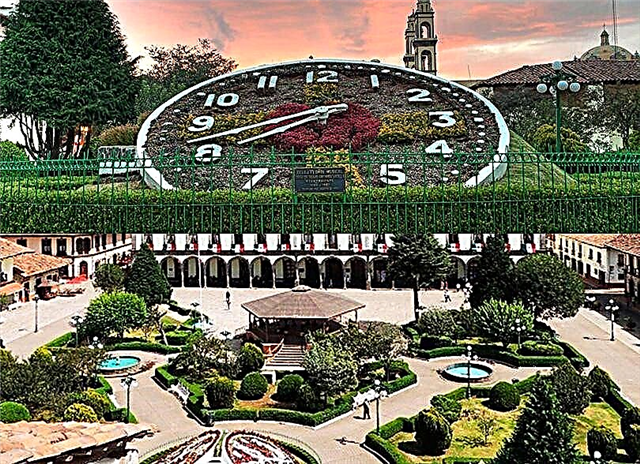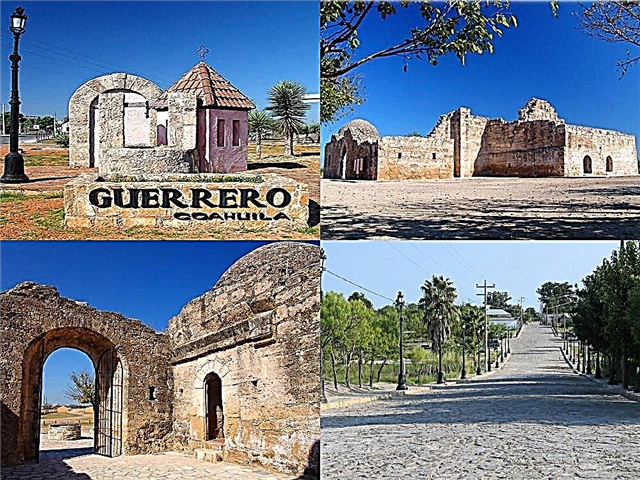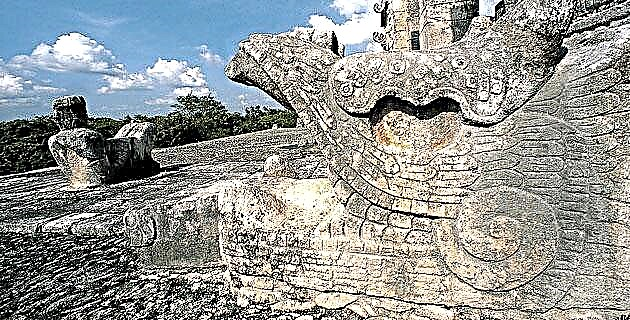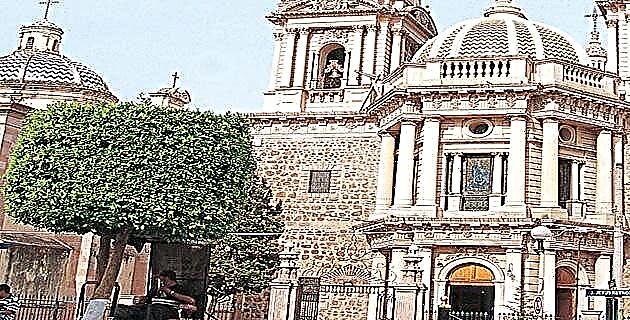
Leaving the old town of Tonalá, in Jalisco, we took highway number 80 very early, heading to Zapotlanejo, the gateway to Los Altos de Jalisco.
AT PUERTA DE LOS ALTOS
Leaving the old town of Tonalá, in Jalisco, we took highway number 80 very early, heading to Zapotlanejo, the gateway to Los Altos de Jalisco. From before entering, the predominance of the textile industry in the city is evident.
In its more than two thousand establishments with wholesale and retail sales, 50% of the clothes are manufactured here, adding up to 170 thousand weekly clothes, and the rest comes from the surroundings to be marketed. With so much variety of fashion garments of excellent quality and with such good prices, we even wanted to buy some models to sell, but unfortunately we were not prepared, so it will be for the next one. Our next stop was in Tepatitlán, without a doubt, one of the most harmonious places in Los Altos. It is inevitable to stop to admire the Parish of San Francisco de Asís, which catches our attention with its tall neoclassical towers. In the tranquility of its square, it is well worth stopping and contemplating the landscape of its clean and orderly streets, embellished by old houses from the 19th and 20th centuries.
A few minutes from its peaceful center is the Jihuite dam. Among the cool shadows of huge eucalyptus and pine trees we stopped to rest while the image of the large mirror of water in front of us filled us with peace. We are surprised by the fiery red color of the land in this area, so particular, and so evident in this place where you can fish or take a boat ride and take picnics.
ON THE BLUE ROADS OF AGAVE
On the road to Arandas, little by little those large blue spots that made up a puzzle in the mountains from a distance are lightening up, and that closely reveal themselves as the large agave fields, typical of this prosperous tequila area.
Before arriving, the towering neoclassical towers of the San José Obrero parish come forward to greet us, which stand out in the blue of the sky. Here Silverio Sotelo was waiting for us, who proudly told us about the importance of Arandas as a producer of tequila, with 16 distillers that jointly produce around 60 brands.
To take a closer look at the production of this important liquor, he took us to see the El Charro factory, where we witnessed the production process, step by step.
Back on the way north we stopped in San Julián, where we met Guillermo Pérez, an enthusiastic promoter of the importance of the place as the birthplace of the Cristero movement, since, he told us, here a regiment commanded by the General Miguel Hernández, on January 1, 1927.
There is a lot to learn here from this important passage in the history of Mexico, and also from the production of spheres that has been carried out for more than 30 years, another distinctive of San Julián. At the Chrisglass factory, the spheres are still shaped using the blowing technique, then silver plated and finally painted and decorated, all by hand.
When we said goodbye, our host invited us to try a delicious Oaxaca-type cheese and the cajeta that is made right here, which prompted us to soon return for more of these delicious products.
IN THE NORTH OF ALTEÑO
On the way to San Miguel El Alto, the afternoon is falling that dyes the landscape a warm orange, inhabited by large herds of cows and bulls that remind us of the importance of livestock in the entire Los Altos area, and the consequent production of dairy and Their derivatives.
It was already night when we arrived in this town so we stayed at the Hotel Real Campestre, a beautiful place where we fully rested. The next morning we arrived at the center of San Miguel, where Miguel Márquez was waiting for us to show us "The architectural jewel of Los Altos"; all quarry.
From the outset, it was a pleasant surprise to find its pink quarry square, and while we walked through its streets and Miguel insisted that we had little time to get to know the attractions of the town, we discovered the Bullring, full of quarry until the inside the bullpen.
Before leaving, we visited one of the quarry workshops, located precisely on a large bench made of this highly valued stone, where Heliodoro Jiménez gave us a sample of his skill as a sculptor.
DEEP RELIGIOUS DEVOTION
On the way to San Juan de Los Lagos, before Jalostotitlán. we meet in Santa Ana de Guadalupe with the parish dedicated to Santo Toribio, a martyr priest who was recently canonized and who holds the title of official patron of immigrants.
Their fervor is the product of stories that relate their appearances to some people who suffered a mishap in their attempt to cross the border. and whom this saint has helped. posing as any man.
After stopping at a stand of cooked agave stalks, whose smell reminds us of tequila distilleries, and enjoying its extremely sweet flavor, we continue our way to San Juan de Los Lagos, another important religious center, in fact the second most important. from Mexico, after La Villa.
From the entrance it is evident the tourist vocation of the place and its inhabitants, young people and children leave from all directions, in a fierce attitude of guides, and they insist that we take us through the streets to a parking lot so that we can continue on foot to the Cathedral Basilica, what we pay back with the usual tip.
This beautiful sanctuary from the end of the seventeenth century, in which its baroque towers that aim to reach the sky stand out, is visited by more than five million faithful throughout the year, who come from all over the country and even from abroad, to venerate the miraculous image of the Virgin of San Juan.
Around the sanctuary we find colorful stalls of milk sweets, and after visiting the vintage of religious articles and embroidered textiles, we agreed to the insistence of the people who outside the market invited us to enter to satisfy our appetite with a very well served dish of birria, and a bread with fresh cream and sugar to finish.
BETWEEN FUNERAL CULTS AND GREAT CRAFTSMEN
We continued our way to Encarnación de Díaz, a corner of northern Jalisco where the architect Rodolfo Hernández was waiting for us, who led us through the old and beautiful Lord of Mercy Cemetery, in the columbarium style.
Here it was discovered that the bodies did not decompose, but were mummified due to the water with a high content of mineral salts in the region and the dry climate that prevails throughout the year. As a result of this discovery, the Museum of Souls was created, which exhibits objects related to the funerary traditions of the area, and some of the mummies found as a cult to the ancestors of its inhabitants.
At the end of this impressive tour, and to sweeten our spirits a bit, just in case we were scared, he invited us to the Tejeda Bakery, to try the traditional picones, a large bread stuffed with raisins and tie, and covered with sugar, which we honestly loved.
We say goodbye to continue our way to the last destination of our route, taking with us the desire to know its farms, its pottery and leaded stained glass windows, and the Cristero Museum where interesting documents and objects of this religious movement are exhibited.
Before four in the afternoon we arrived at Teocaltiche, where we were struck by the lonely stillness of its main square. Here Abel Hernández was waiting for us, who with his warm hospitality made us feel immediately at home. Immediately he invited us to meet Don Momo, a tireless craftsman who at 89 years of age dedicates most of his time to weave beautiful sarapes on his old loom.
We also greet his son, Gabriel Carrillo, another outstanding craftsman who works with a privileged skill in bone carving, giving life to figures ranging from millimeter-sized chess pieces to others of several centimeters aesthetically combined with wood.
After this pleasant impression, we went to eat some delicious breaded shrimp and a seafood salad at the El Paya restaurant, recently opened, but with a seasoning that seems to be as old as Teocaltiche itself, which, according to what they told us, dates from pre-Hispanic times. Fully satisfied and at night we walked the streets now full of people, and we passed by the Chapel of the Ex Hospital de Indios, from the 16th century, one of the most important religious buildings and which currently serves as a library.
There is still a lot to walk and a lot to know, but after an exciting week of travel we have to return, taking with us the images of the blue agave fields, taking possession of the exquisite seasoning of its gastronomy and recording the warmth and frank hospitality in our best memories of the people of El Alto.
Source: Unknown Mexico No. 339 / May 2005

